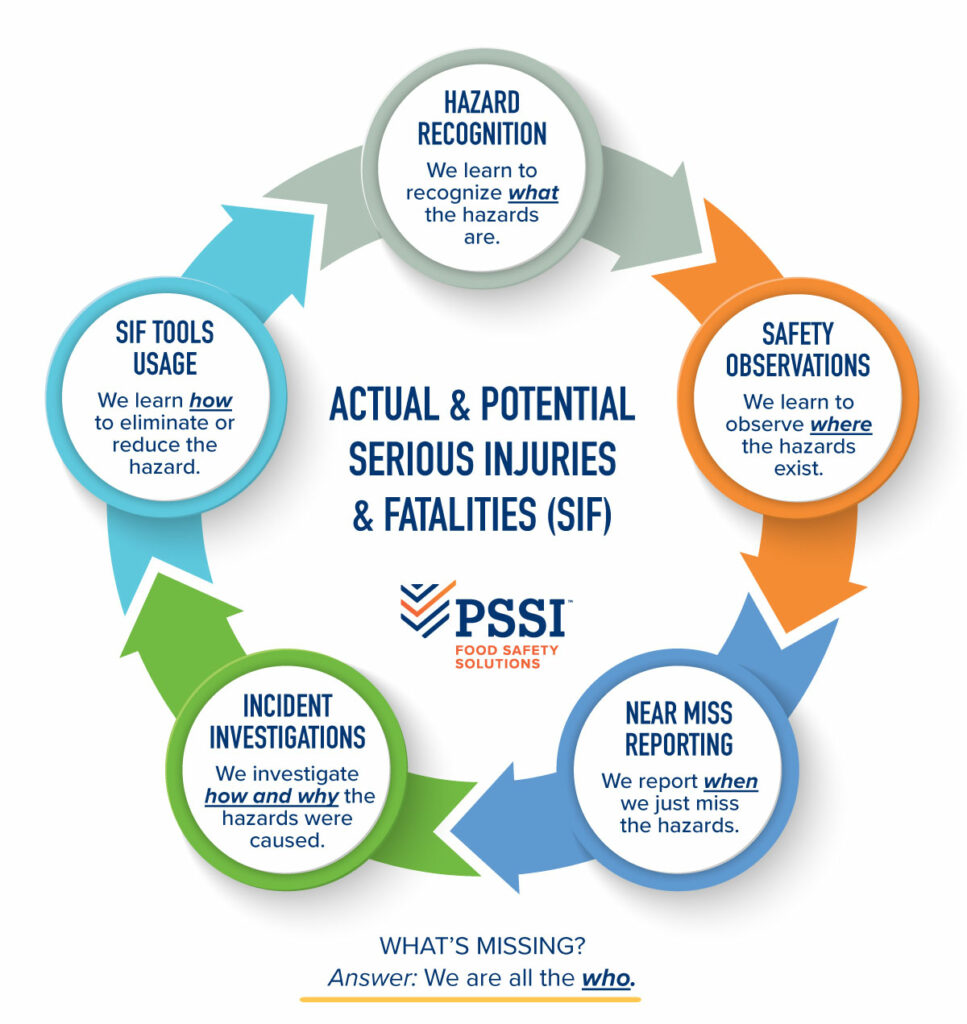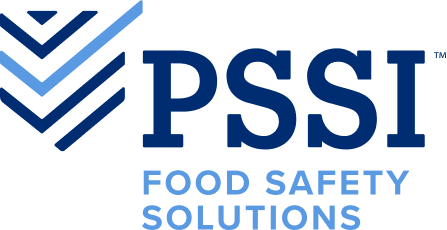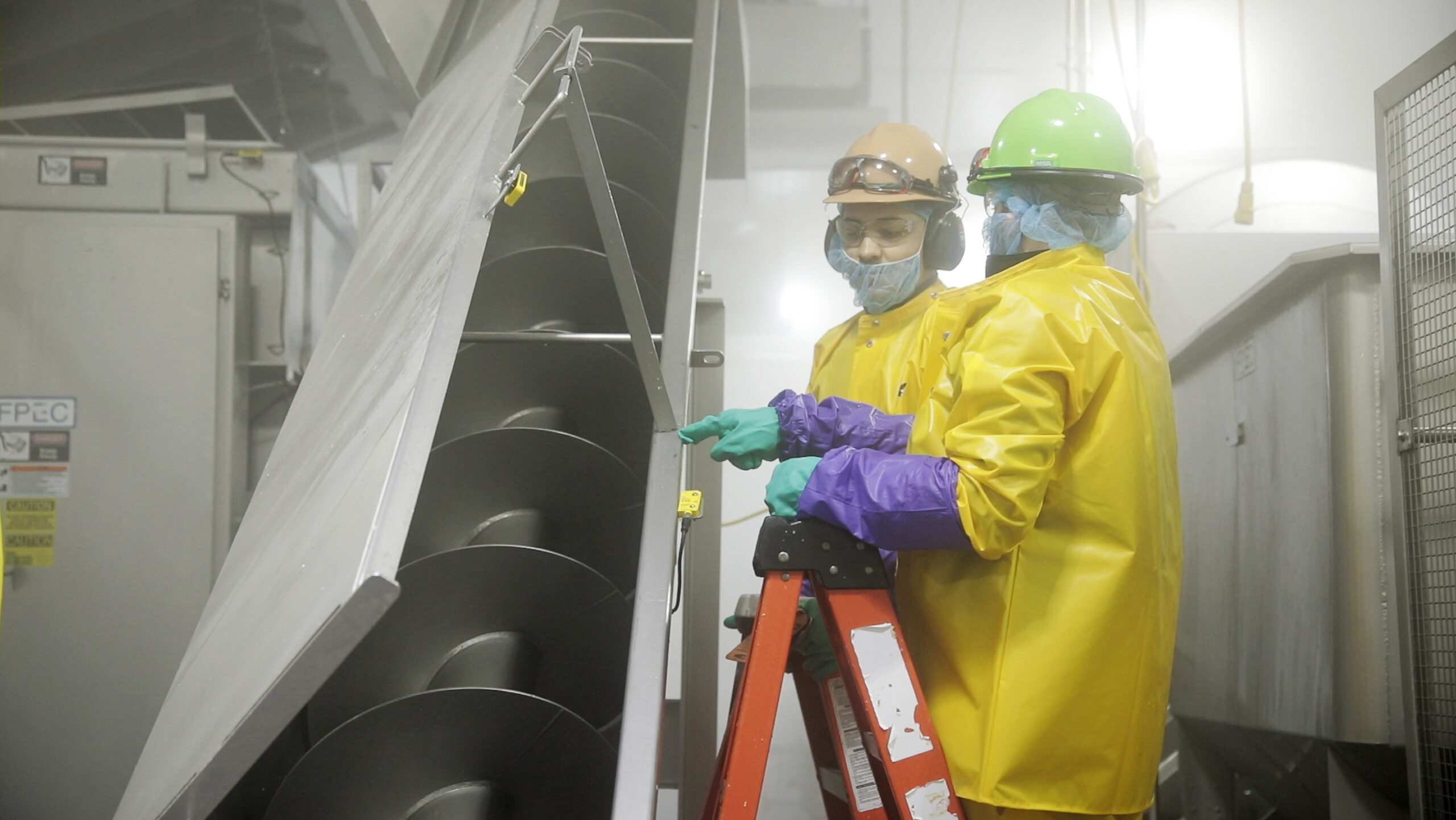PSSI is serious about worker safety. Over the past several years, we have implemented safety programs and best practices that have helped reduce our OSHA recordable rate significantly each year. We designed these programs using data from lagging indicators and are working to transition to using more leading indicators to prevent injuries.
LAGGING INDICATORS (Reactive to Injuries)
We’ve improved our safety culture by using lagging indicators to prevent future incidents. At PSSI, we use past accident statistics to investigate injuries to find ways to prevent the same type of injury from happening again.
Injury Trends
We use the data to identify injury frequency and trends so they can prevent certain types of injuries at specific times.
OSHA Recordable Injuries
We use our OSHA recordable rate to track our overall safety performance throughout the year.
Lost Time Injuries
To lower the company’s workers’ compensation and lost time pay costs, we track lost time data and use it to create back to work programs for our team members.
These lagging indicators are used to show progress toward safety compliance. While they tell how many team members were hurt and how severe their injuries were, these reactionary types of indicators don’t show how well we are preventing accidents.
LEADING INDICATORS (Proactive with Behaviors)
PSSI is dedicated to safety excellence and we are now shifting our focus to using leading indicators to drive continuous improvement. With less focus on safety failures and more focus on safety performance, using leading indicators will help us prevent injuries from happening.
Employee Perception Survey
To jumpstart our enhanced focus on safety, all team members were invited to complete a safety survey to help the safety team gauge the level of safety focus and priorities of our team members.
Hazard Recognition Training
Our team members are currently being trained to speak up if they see something unsafe in their work environments. Being able to recognize hazards and fix them before an injury occurs will help our company reach the next level of safety.
Near Miss Reporting
Learning from near miss incidents is important but sharing that experience with others by reporting and documenting the almost-accident will make an even bigger impact. By reporting near misses, we can track trends and address potential situations before injuries occur.

Serious Injury or Fatality (SIF) Training
According to OSHA, about 21% of all OSHA recordable events have the potential to lead to serious injuries and fatalities. Knowing how to identify SIF potentials will help reduce life-altering injuries.
“PSSI team members work in ever-changing, dangerous environments,” said Todd Mitchell, VP of Safety. “In our industry, we depend on our client to keep up with maintenance that could affect the safety of our team. Hazards, such as a rough weld, may appear from a quick repair during production and cause a laceration to a sanitation team member that requires stitches. In the same night a team member, working safely, may slip climbing up or down a ladder but manage to catch themselves at the last second. The first incident is a recordable injury. The second, which could have resulted in a serious injury of fatality, might not have been known by anyone other than the fortunate team member and a few close co-workers.”
Is the laceration incident more serious because a worker was injured? Do the events deserve equal attention? To continue to develop our safety culture and focus on an injury free workplace, PSSI is working on limiting our exposures to serious injuries and fatalities.
By using these leading indicators, our safety team at PSSI can report on what team members are doing on a routine basis to prevent injuries and determine future safety performance. This, paired with statistics from lagging indicators, will help our safety performance get to the next level and drive new, proactive safety programs to keep our team members safe.

